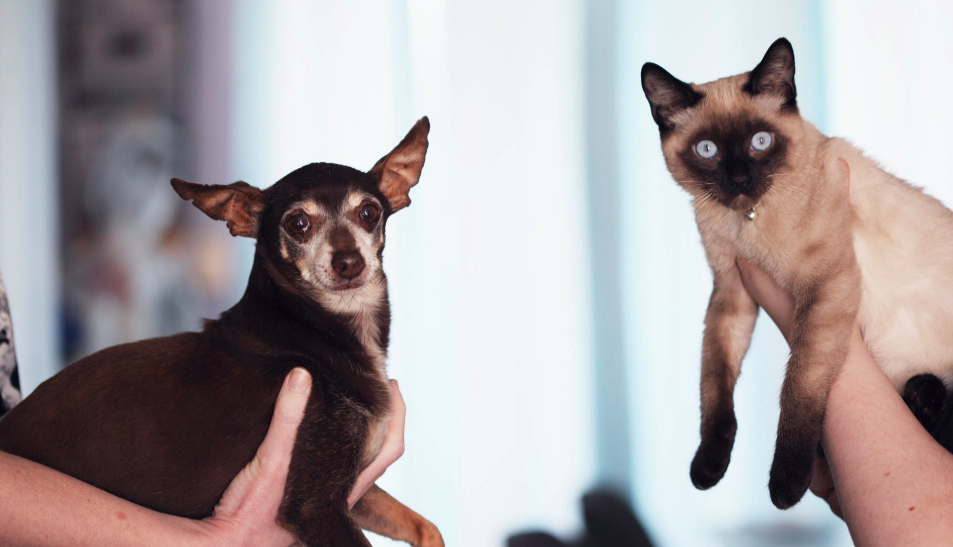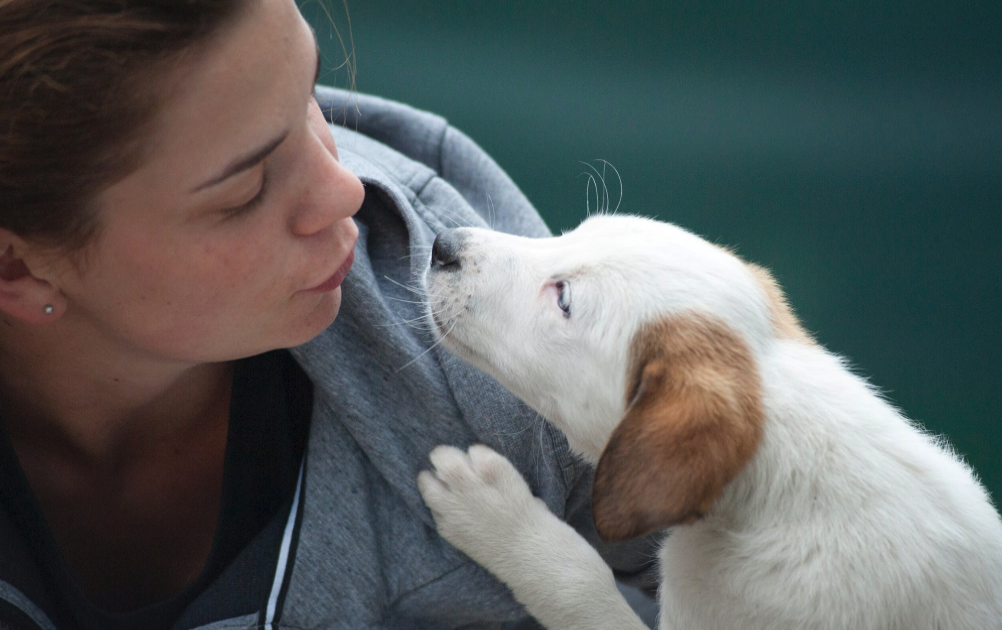Last Updated: March 25th 2022
Many of us own pets and adore them. And it seems that more and more people around the world are choosing to be pet owners. This isn’t a surprise, considering all the benefits of owning a pet. In the past decade, pets are becoming more like family to many, and as a result, pet owners around the world are spending an increasing amount on their pets, and 2019 is no different.
Pet Ownership Around the World
Pet ownership around the world has increased in the past decade and only continues to grow. According to the AVMA, around 38% of households nationwide owned one or more dogs, the highest rate recorded.
- 9 in 10 Americans say they consider their pet to be a part of their family. (Pet Secure).
- 45% of residents in the UK are pet owners. (Pet Food Manufacturers Association)
- Since 1988, there has been a 12% rise in pet ownership in the US. (The American Pet Products Association).
- Globally, around 57% of households own a pet. (Animal Medicines Australia).
- More than 62% of Australian households own a pet. (Canstar).
- Pet ownership in the US has more than tripled since the 1970s. (Pet Secure).
Pet Spending Around the World
Increasingly, pets are considered as family members, and are seen to be deserving of pampering and human level of care. As a result, pet owners are spending more on toys, accessories and luxury food for their pets.
- During 2017, $4.5 billion was spent on pet and pet-related products in the UK. (Office for National Statistics).
- 36% of American dog owners give their dog birthday gifts. (Pet Secure).
- By 2020, the predicted growth of pet care services revenue, is $297 million. (The American Pet Products Association).
- US pet owners spend over $50 billion per annum on their pets. (Pet Secure).
- Globally, Norwegian pet owners spend the most money feeding their dogs. (Pet Secure).
- In 2017, annual care spending per pet has grown from $225 to $275 in the US in 5 years. (Dogs Against Romney).
- There has been a 7.4% average annual growth in pet spending in Australia from 2013. (Ibis World)
Pet Care Around the World
The cost of pet care that pet owners are spending on their beloved pets is increasing. From monthly pampering trips, to an increasing number of pet owners paying for pet insurance, and luxurious food, pet care for pets around the world have not only increased in quality, but also in spending costs.
- An estimated $400 million is spent on insurance for pets every year in Australia. (Canstar)
- Pet owner expenditure on pet healthcare products is estimated at $1.4 billion and is reported to have increased by over 40% since 2013. (Animal Medicines Australia).
- 30% of US households purchase most of their pet healthcare products from specialty pet stores. (Animal Medicines Australia).
- A $5 billion rise in sales is projected for the veterinary services in the US for 2021. (Dogs Against Romney)
- Global sales of all pet care products and services increased by 14% from 2012 to 2017, seeing $13 billion in value growth. (Pet Food Industry).
- In the US, a $5 billion rise in retail pet care sales is projected for 2021. (Dogs Against Romney)
Dogs vs Cats

Known as man’s best friend, dogs are one of the most common household pets. Globally, they are the number one wanted animal as pets. And not far behind them, are cats. Also, one of the most common household pets, cats too dominate the chart as one of the globe’s most wanted pet.
- The US tops the highest dog populations, with 69.9 million dogs as pets. (American Pet Products Association).
- 43% of people in the US are cat owners. (Dogs Against Romney).
- More than 62% of Australian households own a pet, and 37% of this, are dog owners. (Animal Medicines Australia).
- Brazil has the highest number of small dogs per capita in the world. (Pet Secure).
- In 2016, the average number of dogs owned across the world was 33%, followed by 23% cats, 12% fish and 6% birds. (GFK).
- America is home to the most cats, at 74.1 million. (Pet Secure)
- Almost 2 in 5 households in Australia own dogs. (Animal Medicines Australia).
- For every 94 dogs there are 100 cats in the US.
Barriers to Pet Ownership
Whilst globally, there are many individuals who are pet owners, but there are also many who are not. This could be due to personal preference but can also often be attributed to social and economic barriers that prevent individuals from owning a pet.
- The issue of cost increased from 12% to 15% since 2013. (Animal Medicines Australia).
- The most common reason for now owning a pet in Australia is due to having an unsuitable lifestyle or home. (Animal Medicines Australia).
- The biggest difference between owners and non-owners in terms of barriers is that non-owners cited problems with body corporate regulations. (Animal Medicines Australia).
- Another barrier to owning a pet for many is the responsibility of ownership. (Animal Medicines Australia).
Flea Statistics
The following flee statistics are from ASPCA.org:
- Fleas can live on animals for 3 days up to 12 months
- Fleas can consume up to 15 times their own body weight in blood
- It’s important to treat your pets for fleas regularly
One of the best flea treatments available is called Frontline. They offer two types of treatments, Gold and Plus. To find out which one is best for your pet, check out the difference between frontline plus and gold.

